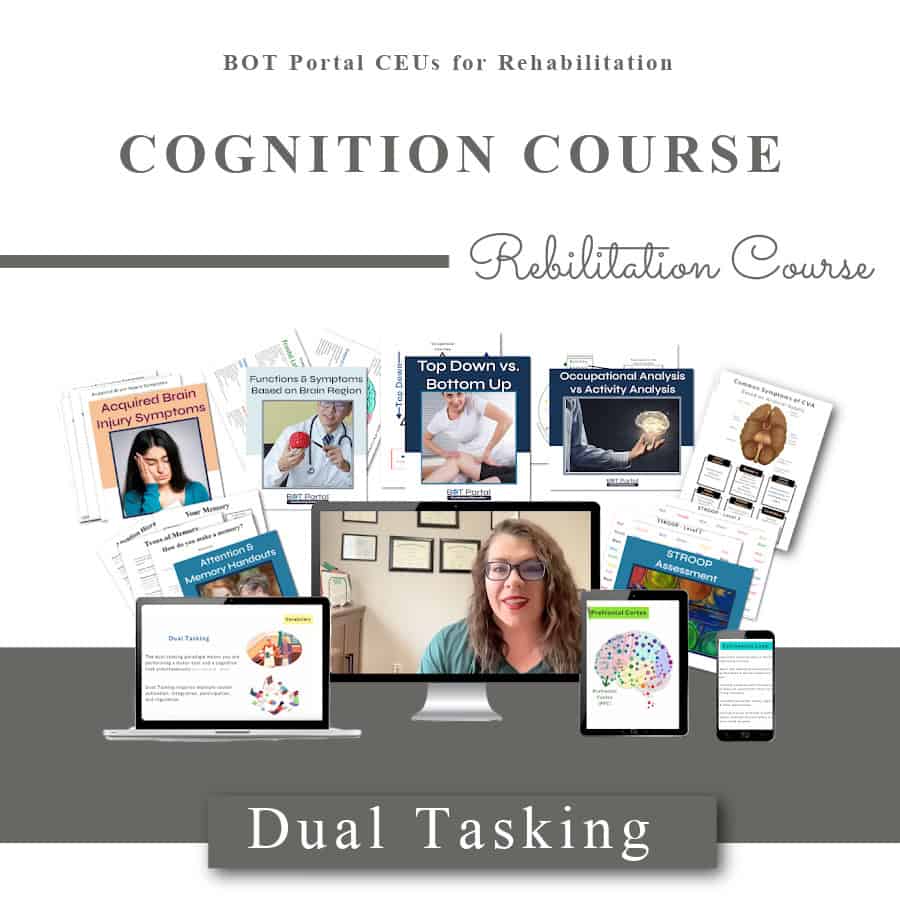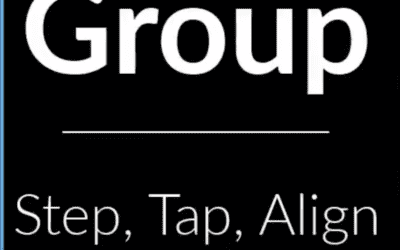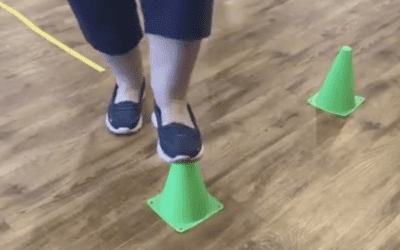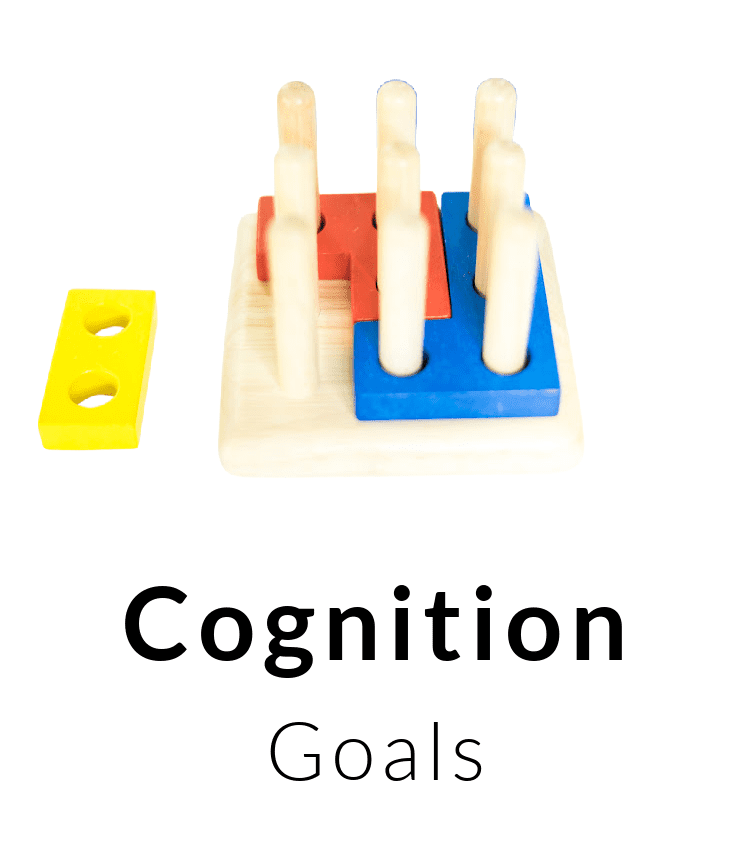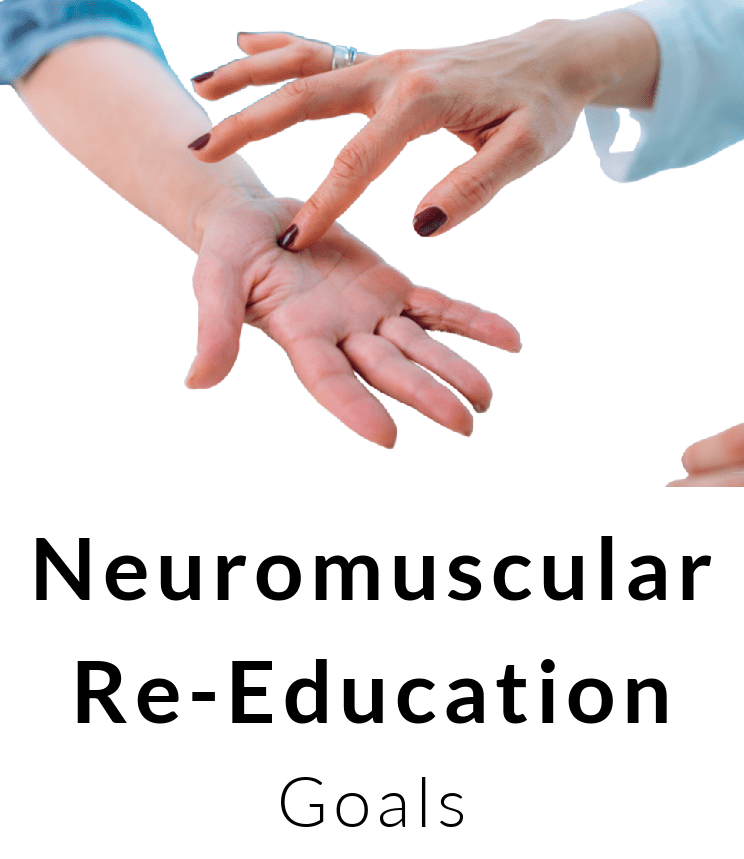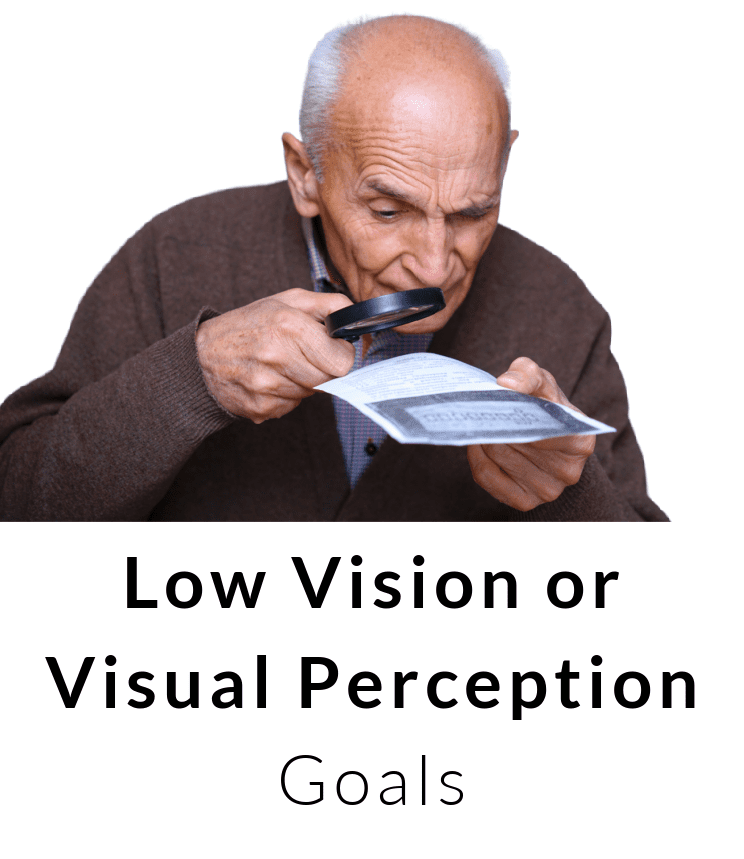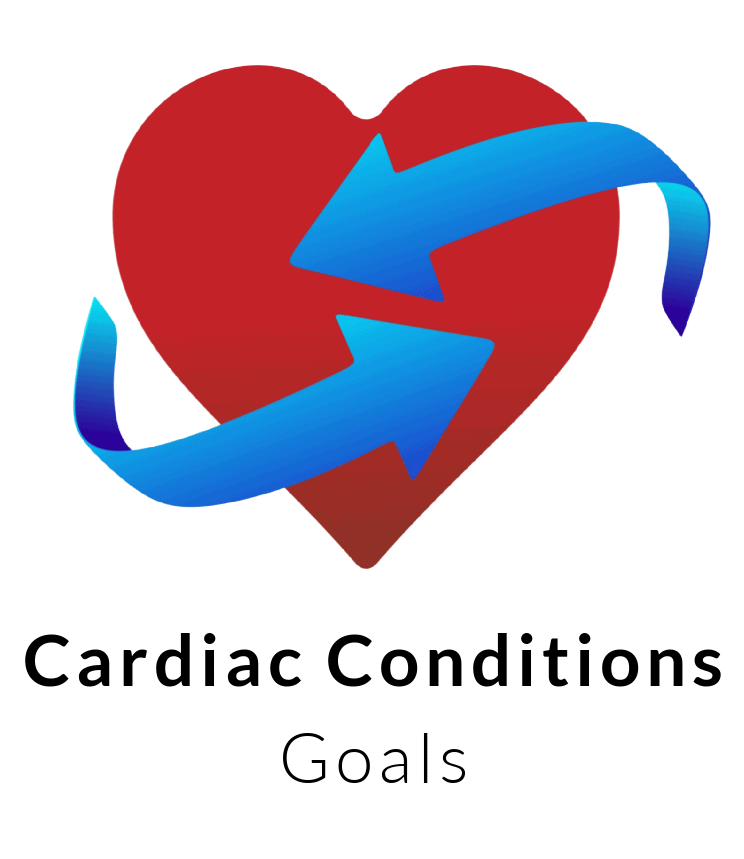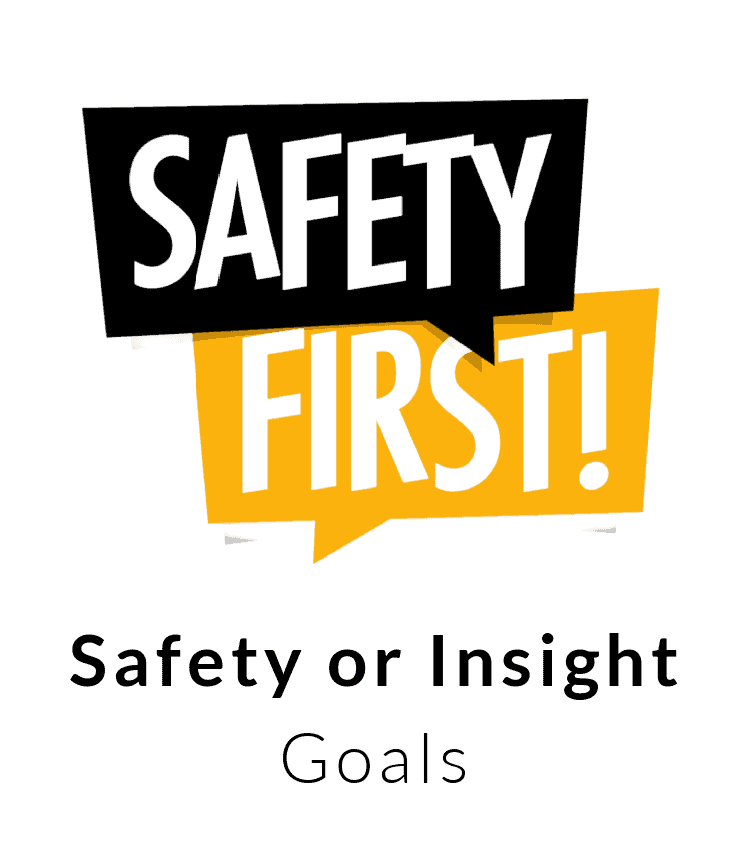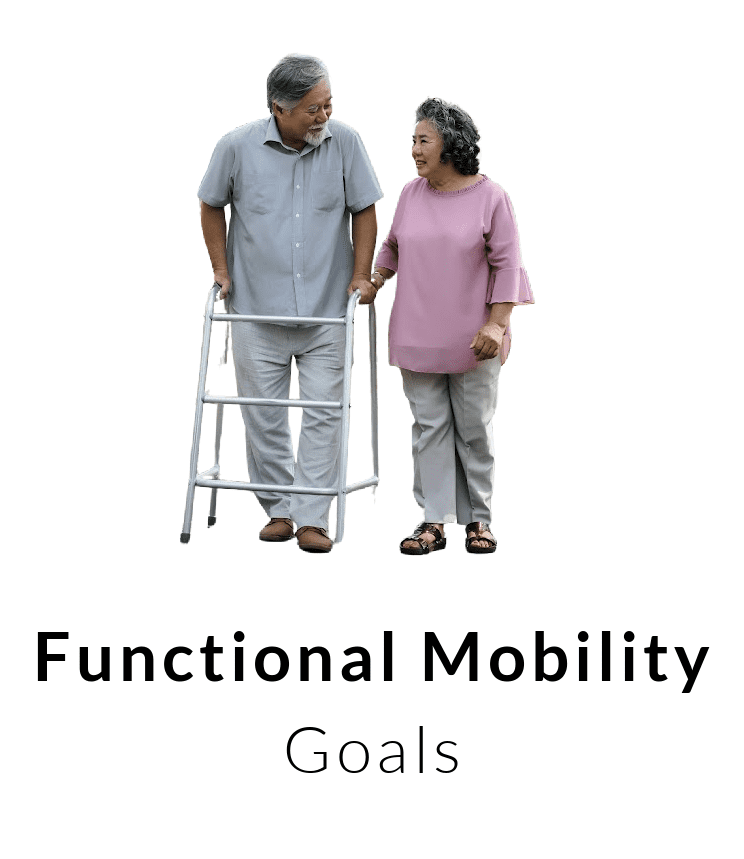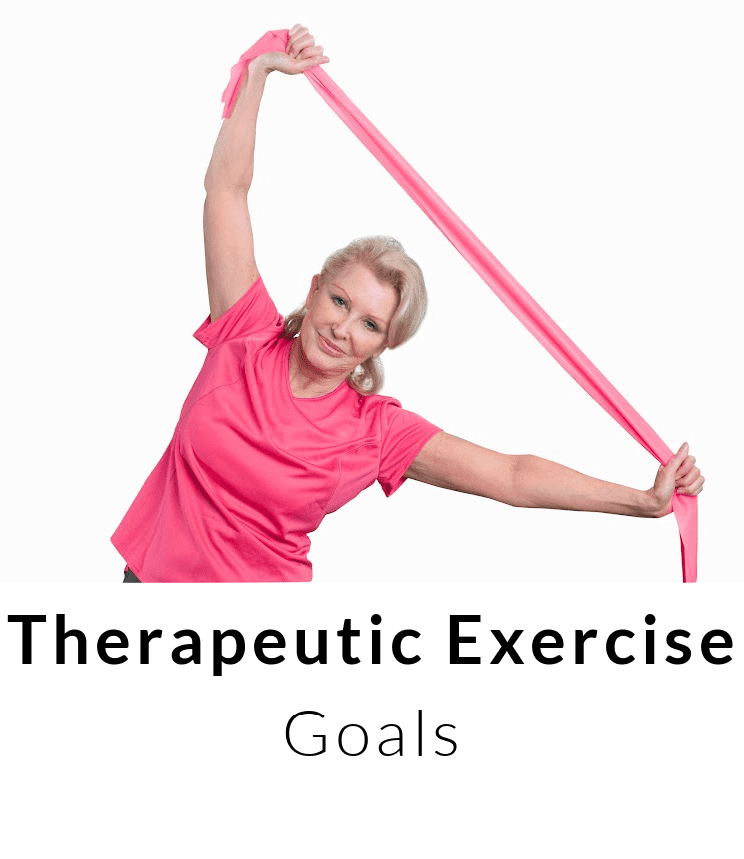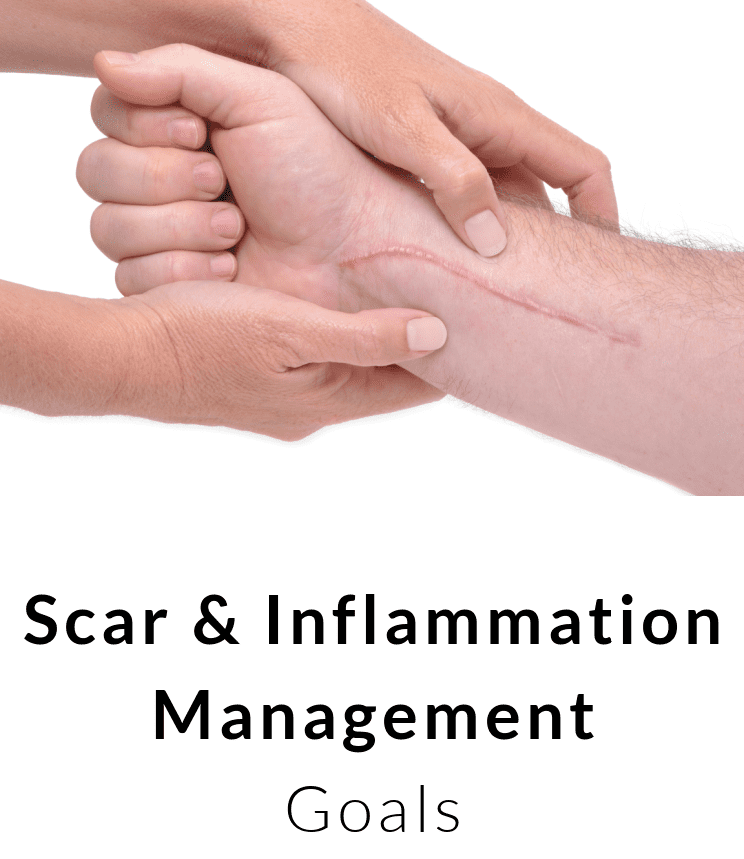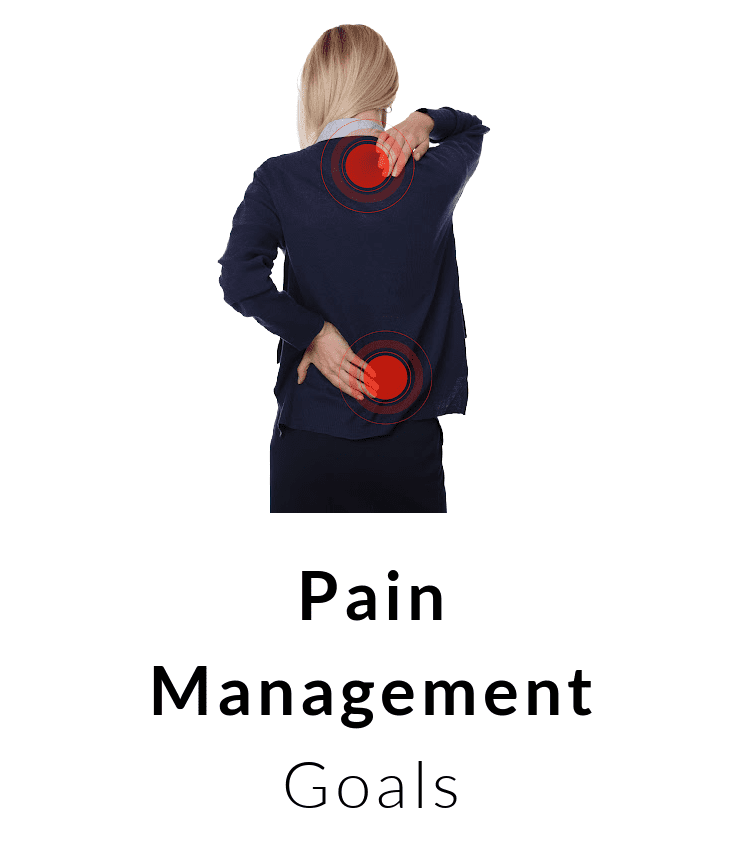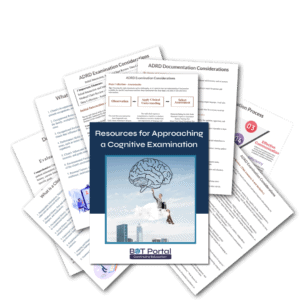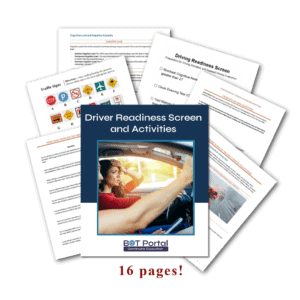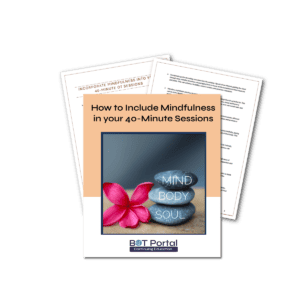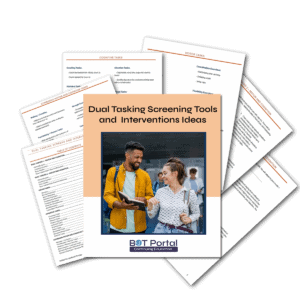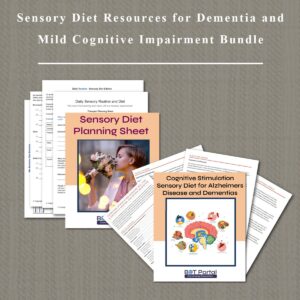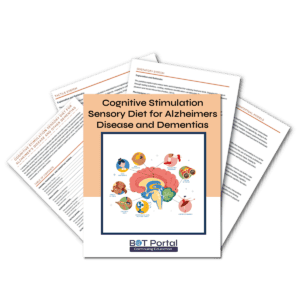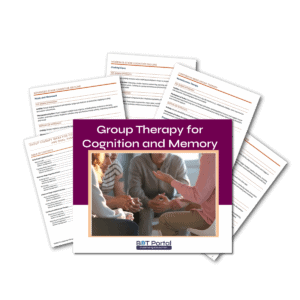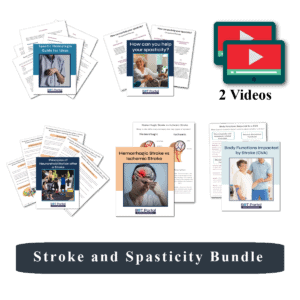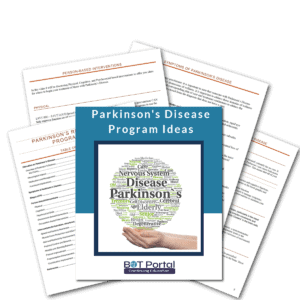

Dual Tasking Treatments for Occupational Therapy
Dual Tasking combines movement with cognition. Your body is an integrated system, it heals through movement, and movement requires executive functioning. Combining these two things is very difficult and we don’t realize how difficult it is – until it has been impacted by a trauma or injury! As an occupational therapy practitioner, your role with the client is so much more expansive than providing them with advice on how to be happy with their current level of function. It is so much more than providing advice on adaptive technology and external memory aids. As an occupational therapy practitioner, you have a duty to help heal the brain and body connection! Your job is also restorative rehabilitation and, therefore, you must know how to improve cognitive and executive function during activity participation! Dual tasking is a specific approach to rehabilitation and it is crucial to include in the occupational therapy plan of care. Cognitive and executive function deficits may be more apparent when movement is also required because the brain cannot dedicate resources to mobility and mental/cognitive/executive functioning at one time! This area of practice will typically require 9-12+ weeks of consistent and constant therapeutic interventions by an occupational therapy practitioner while following the plan of care continuum.
Occupational Performance Requires Dual Tasking
Every occupation consists of multiple single-task activities. For example, consider a mother doing the dishes in the kitchen (IADL: Housekeeping). This occupation involves several activities, such as:
1. Listening to music or having a conversation.
2. Washing the dishes.
3. Drying the dishes.
4. Putting the dishes away.
5. Organizing the dishes.
6. Listening for children playing in the next room and thinking about getting them ready, which involves further organization and planning.
All these activities occur within the same time period, making up the entire occupation. For an occupational therapy practitioner, dual tasking goes beyond simply comparing single tasks to dual tasks. We are trained to enhance occupational performance through activity analysis, which means we delve deeper into the topic by examining it at the ‘body functions’ and ‘body structures’ level.

Dual Tasking : Motor Motor or Motor Cognitive Dual Tasking
Using the example of a mom doing the dishes, dual tasking involves considering the simultaneous functions required during the task. If you look at Buffalo Occupational Therapy’s trademarked illustration for Activity Analysis, you can see that we focus on the body functions, structures, and performance skills needed simultaneously under contextual demands and the demands of the primary diagnosis.
Here are some of the functions required:
- Active Range of Motion (AROM)
- Muscle endurance
- Power
- Trunk stability for reaching and placing objects in various planes of movement
- Weight shift with trunk rotation
- Visual perception
- Executive function
- Auditory perception
- Alternating and divided attention
Of course, these aren’t all of them, but you get the picture! Occupational Therapy Practitioners are constantly assessing and making plans to improve motor dual tasking or cognitive-motor dual tasking in every session.
What are some other examples of Dual Tasking and Occupational Performance Deficits if Dual Tasking is Impaired?
- Forgetting where they put something down.
- Forgetting why they walked into a room or went to the store.
- Leaving the store without the item they went to the store to buy.
- Doing two things at once (following a recipe or cooking while having a conversation about something else).
- Listening for their children while cleaning the house.
- Focusing on the road while listening to music or focusing on the road and what they are seeing while following directions to a new place.
- Walking to do something while also being aware of obstacles in front of them like ice or a change in elevation.
Stop feeling insecure and lost.
Don't wait for BURNOUT to consume your life because there just isn't enough time to search for evidence-based occupational therapy resources and training for daily clinical treatments.
Join the BOT Portal for occupational therapy resources and receive 24/7 access to the highest quality resources designed by an experienced therapist speciically for busy, motivated, and passionate therapists and therapy assistants.
How should you approach Dual Tasking in Occupational Therapy?
Explanation: Understanding that you are a remediating and restorative therapist is the first step to helping your patient maintain their cognitive reserve and maximize their cognitive potential. Remember that there are plenty of evidence-based interventions that are considered non-pharmacologic approaches to cognition repair and maintenance even with a progressive neurological disorder! The occupational therapy practitioner role and scope expands far beyond adaptation and compensation
What kind of Dual Tasking elements can you include in your Occupational Therapy POC?
-
Movement and numbers
-
Movement and words
-
Movement and problem solving
-
Movement and remembering stories
-
Movement and Executive Functioning
Assessments to use in Evaluation and Progress Notes:
- Dual Tasking digit span and 20 ft fast walking
- SLUMS
- STROOP
- Executive Function Performance Test
- Site specific objective-based measures
Learn Dual Tasking!
Are you interested in Dual Tasking and why it is so important for an occupational therapy practitioner to address?
Look no further! You will learn different research-supported concepts of dual tasking to help guide your clinical understanding of Dual Tasking in Occupational Performance.
Bonus: It is an AOTA-approved CUE Course!
Browse the Resource Store!
Don’t want to pay for each PDF individually? No problem! The BOT Portal Membership comes with all printable resources and more!


